New--How to move plants? No beds available.
scraplolly
15 years ago
Related Stories
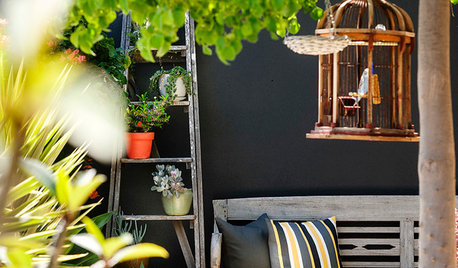
URBAN GARDENSPlant a Garden That Can Move With You
Think mobile when planning your outdoor space and you can enjoy it wherever you move next
Full Story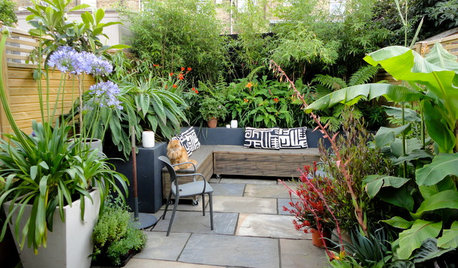
GARDENING AND LANDSCAPING10 Great Design Moves for a Small Courtyard
These beautiful enclosed yards show how to get the most from a relatively small outdoor living area
Full Story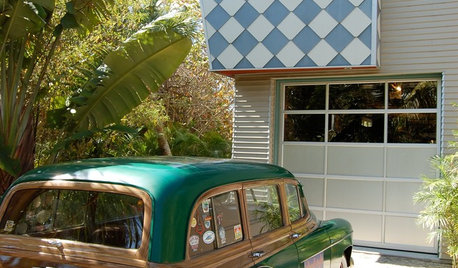
MOVINGRelocating? Here’s How to Make the Big Move Better
Moving guide, Part 1: How to organize your stuff and your life for an easier household move
Full Story
MOVINGRelocating Help: 8 Tips for a Happier Long-Distance Move
Trash bags, houseplants and a good cry all have their role when it comes to this major life change
Full Story
DECORATING GUIDESSingle Design Moves That Make the Whole Bedroom
Take your sleeping space from standard to extraordinary in one fell swoop
Full Story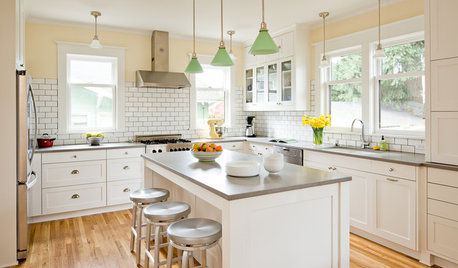
MOVINGThe All-in-One-Place Guide to Selling Your Home and Moving
Stay organized with this advice on what to do when you change homes
Full Story
FARM YOUR YARDHow to Build a Raised Bed for Your Veggies and Plants
Whether you’re farming your parking strip or beautifying your backyard, a planting box you make yourself can come in mighty handy
Full Story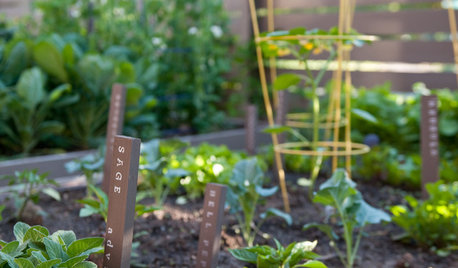
EDIBLE GARDENSKeep Track of Your Vegetable Garden With Plant Markers
Bring order to your edible beds with these labeling ideas
Full Story
LANDSCAPE DESIGNGet Your Garden Moving for a Magical Mood
Use wind, water and wild creatures to add dimension and life to your landscape
Full Story
DECORATING GUIDESMove Over, Neutral Sofa — Here Comes Color
Sometimes it makes sense to ignore the conventional wisdom about furniture and make a bold, colorful statement
Full Story





lindac
scraplollyOriginal Author
Related Professionals
Havre de Grace Landscape Architects & Landscape Designers · Middle River Landscape Architects & Landscape Designers · Dedham Landscape Contractors · Lees Summit Landscape Contractors · North Hills Landscape Contractors · Fort Collins Window Contractors · St. Louis Window Contractors · Dayton Window Contractors · Missoula Window Contractors · Mount Kisco Window Contractors · Orlando Window Contractors · Prairie Village Window Contractors · Waupun Window Contractors · Fairland Window Contractors · Portage Window Contractorsvetivert8
scraplollyOriginal Author
meldy_nva
scraplollyOriginal Author